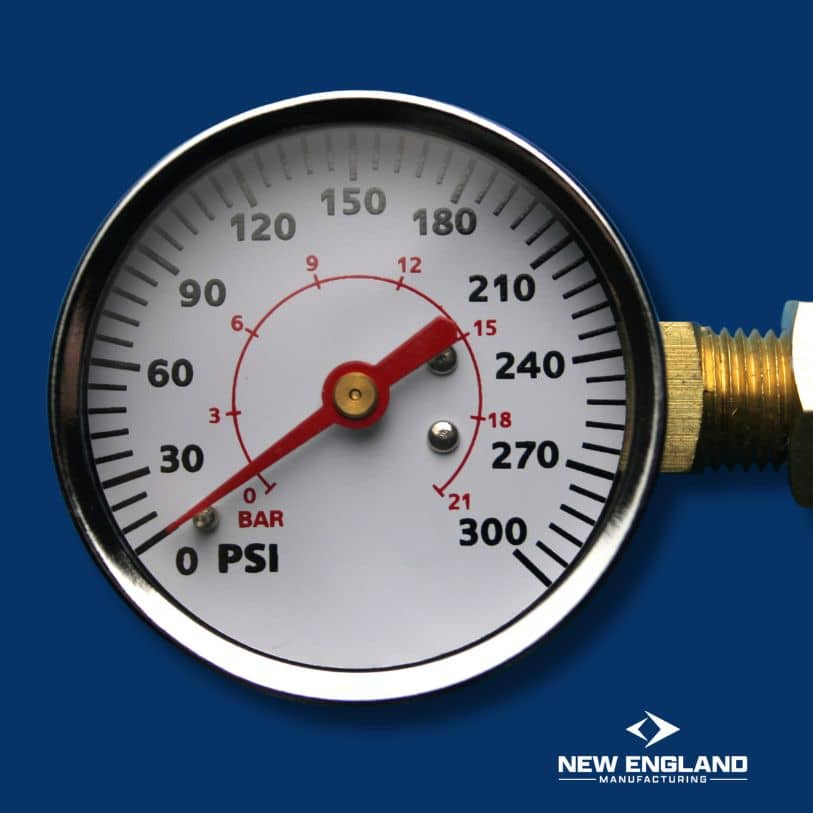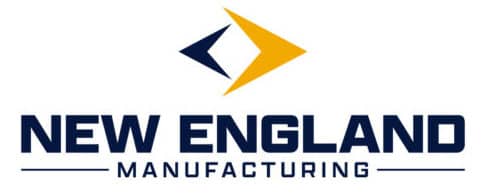Understanding the Essentials: The Four Types of Pressure Gauges
Pressure gauges are indispensable tools in numerous industrial, mechanical, and research applications. They serve a crucial role in monitoring and measuring fluid or gas pressure within a system, ensuring that everything operates within safe and efficient parameters. This vigilance helps prevent potential equipment failures and enhances operations’ overall safety and productivity.
This blog post will explore the four primary types of pressure gauges, each tailored for specific environments and applications. Understanding the differences and applications of these devices can significantly improve your decision-making process when selecting the right gauge for your needs.
1. Bourdon Tube Pressure Gauges: The Industry Staple
The Bourdon tube gauge is perhaps the most recognized type of pressure gauge and operates on a simple yet effective mechanical principle. It consists of a curved tube, which tends to straighten out when pressurized. This mechanical movement is translated through a series of linkages and gears to a pointer, which displays the pressure on a dial.
These gauges are renowned for their reliability and durability, making them suitable for a wide range of applications, from HVAC systems to heavy machinery. They can measure everything from very low to extremely high pressures, which makes them incredibly versatile. The design allows for minimal maintenance, and they are known for longevity even under harsh conditions, highlighting their utility in many industrial settings.
Transitioning from the mechanical intricacies of Bourdon tube gauges, we encounter another common but distinct type used in precision applications.
2. Diaphragm Pressure Gauges: Sensitivity and Precision
Diaphragm pressure gauges offer a higher level of sensitivity compared to Bourdon tubes. These gauges utilize a diaphragm, a flexible membrane that moves in response to changes in pressure. This movement is then converted into a pressure reading by mechanical linkage or electronic sensors.
They are particularly valuable in applications where vibration and pulsation are present. The diaphragm gauge’s design minimizes these effects, making it ideal for use in chemical processing, pharmaceuticals, and the food and beverage industry. Moreover, they are well-suited for measuring low-pressure conditions and can also be used to measure negative pressures, adding to their versatility.
As we delve deeper into the types of pressure gauges, we encounter devices explicitly designed for high-accuracy requirements.
3. Capsule Pressure Gauges: For Low Pressure Measurements
Capsule pressure gauges are similar in design to diaphragm gauges but are specifically engineered for even lower pressure measurements. These gauges use two diaphragms welded together, creating a capsule. As pressure changes, the capsule expands or contracts, and this movement is converted into a pressure reading.
These gauges are particularly useful in applications where precise pressure measurement is critical at very low pressures, such as in gas distribution networks or in medical equipment. Their high accuracy and sensitivity make them invaluable in scenarios where even slight deviations in pressure could lead to significant changes in performance or outcomes.
Shifting focus from the delicate measurements possible with capsule gauges, our final category features robustness for the most challenging environments.
4. Digital Pressure Gauges: Modern Precision
Digital pressure gauges represent the modern evolution of pressure measurement technology. These devices use electronic sensors to measure pressure and display the results on a digital screen. The integration of digital technology allows for more precise readings, easier data logging, and the ability to interface with computer systems for real-time monitoring and control.
Digital gauges are particularly useful in environments where data accuracy, clarity, and storage are paramount. They find extensive use in laboratory settings, aerospace, and in scenarios where environmental conditions may interfere with mechanical gauge readings. Their ability to provide instant digital feedback is a significant advantage in rapidly changing conditions.
Concluding Thoughts on Choosing the Right Pressure Gauge
Selecting the right pressure gauge for your application is not just about the range of pressure that needs to be measured; it’s also about understanding the environment in which the gauge will operate and the level of precision required. From the robustness of Bourdon tube gauges in industrial settings to the high precision of digital gauges in scientific research, each type of pressure gauge has its own set of strengths and ideal uses.
The journey to finding the perfect pressure gauge for your needs involves understanding the nuances of each type. Consider factors like the medium being measured, environmental conditions, required accuracy, and the potential for vibrations or pulsations. With this knowledge, you can ensure that your systems run smoothly, maintain safety, and achieve optimal performance, thereby enhancing your operational efficiency.
By choosing wisely, you can rely on these tools not just for their primary function of measurement but also as guardians of your equipment’s integrity and your project’s success. Remember, the right gauge is not just a purchase; it’s an investment in the reliability and success of your entire operation.
Read More:
Fire Pump Pressure Gauges

Mark R.
With a strong foundation in industrial safety and fire protection systems, Mark R. specializes in creating clear, technical, and compliance-driven content. Writing for SafeTech Reports, he covers topics such as fire hydrant testing, PPE protocols, emergency procedures, and smart technology integration in safety systems. His work ensures that professionals stay informed on the latest regulations, best practices, and emerging trends in safety and infrastructure maintenance.
Get in touch
We usually respond within 24 hours
Need Reliable Water Flow Test Equipment?
For over 70 years, New England Manufacturing has been the trusted source for fire hydrant and water flow testing kits. From pitot gauge kits to custom test kits, we provide precision, durability, and expert calibration to meet your needs.
- Custom-built test kits
- High-quality pressure gauges
- Reliable calibration services


